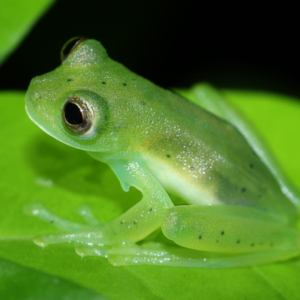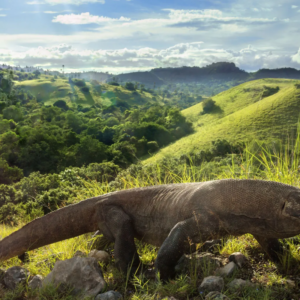Animals
Top 10 Most Fascinating Creatures
In the vast tapestry of Earth’s biodiversity, some creatures stand out not just for their beauty or size but for their incredible adaptations and behaviors. From the depths of the oceans to the highest canopies of the rainforests, these remarkable beings captivate scientists and nature enthusiasts alike. In this article, we’ll explore the top 10 most fascinating creatures that showcase the wonders of evolution and the mysteries of life.
1. Axolotl (Ambystoma mexicanum)
Known as the “Mexican walking fish,” the axolotl is a neotenic salamander that retains its larval features throughout its life. Native to lakes in Mexico, this creature is renowned for its ability to regenerate limbs, spinal cord, heart, and even parts of its brain. Its unique regenerative abilities make it a subject of intense scientific research, offering insights into potential medical advancements.

2. Narwhal (Monodon monoceros)
Often referred to as the “unicorn of the sea,” the narwhal is distinguished by its long, spiral tusk that can reach lengths of up to 10 feet. This tusk, actually a tooth, is thought to play a role in social interactions and mating rituals. Narwhals are elusive creatures that inhabit the Arctic waters, and their mysterious behaviors continue to intrigue researchers.
3. Mimic Octopus (Thaumoctopus mimicus)
The mimic octopus is a master of disguise, capable of imitating the appearance and behavior of other marine animals. It can mimic lionfish, flatfish, and even crabs, allowing it to evade predators and hunt more effectively. Its advanced camouflage techniques highlight the complexity of cephalopod intelligence and adaptability.
4. Glass Frog (Centrolenidae)
The glass frog gets its name from its translucent underbelly, which allows observers to see its internal organs. This unique feature provides camouflage in its rainforest habitat, making it difficult for predators to spot. Glass frogs are also important indicators of environmental health, as they are sensitive to changes in their ecosystems.

5. Platypus (Ornithorhynchus anatinus)
The platypus is one of the few mammals that lay eggs, and its unique blend of features makes it one of the most peculiar creatures on the planet. With a duck-like bill, webbed feet, and the ability to produce venom, the platypus defies conventional mammalian characteristics. Its fascinating biology continues to capture the interest of scientists and nature lovers.
6. Komodo Dragon (Varanus komodoensis)
As the largest lizard in the world, the Komodo dragon is a formidable predator with a powerful bite and a keen sense of smell. Native to the Indonesian islands, these reptiles can grow up to 10 feet in length and are known for their aggressive hunting techniques. Their venomous saliva contains bacteria that can cause severe infections in their prey.

7. Hummingbird (Trochilidae)
Hummingbirds are renowned for their extraordinary flying abilities, including hovering and rapid, agile maneuvers. Their small size and iridescent feathers make them a sight to behold. These birds have incredibly high metabolism rates and can visit hundreds of flowers each day to consume the nectar they need to fuel their energetic lifestyle.
8. Leafcutter Ant (Atta and Acromyrmex species)
Leafcutter ants are remarkable for their complex social structure and agricultural practices. They cut leaves and bring them back to their nests, where they use the foliage to cultivate a fungus that serves as their primary food source. Their sophisticated farming techniques and cooperative behavior demonstrate the advanced social organization of insect societies.
9. Goliath Beetle (Goliathus spp.)
The Goliath beetle is one of the largest insects in the world, with some species reaching lengths of over 4 inches. Native to Africa, these beetles are not only impressive for their size but also for their strength. They are capable of lifting objects that are several times their own body weight, making them one of the strongest animals relative to their size.
10. Psychedelic Frogfish (Histiophryne psychedelica)
The psychedelic frogfish is named for its striking, colorful patterns that resemble a psychedelic painting. Native to the Indo-Pacific region, this fish uses its vivid coloration for camouflage among coral reefs. Its unique appearance and behavior make it a fascinating subject for marine biologists and underwater photographers.
Conclusion
These ten fascinating creatures represent just a fraction of the incredible diversity found in the natural world. Each of these species has evolved remarkable adaptations that allow them to thrive in their specific environments, showcasing the complexity and beauty of life on Earth. Whether through their unique physical traits, extraordinary behaviors, or complex social structures, these creatures continue to inspire wonder and curiosity in all who encounter them.
Learn more: zgladnews


